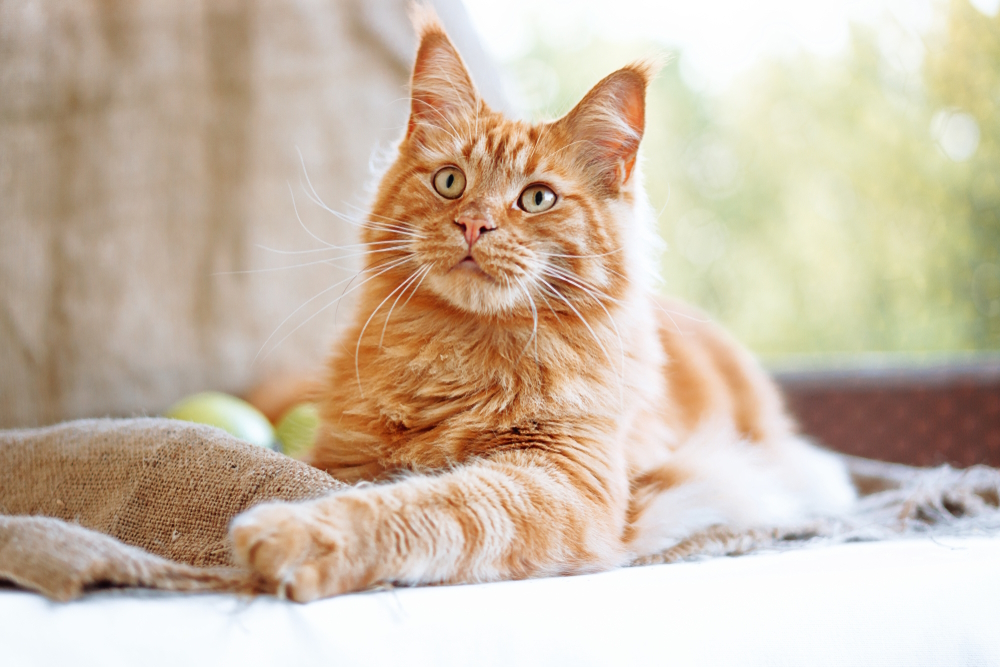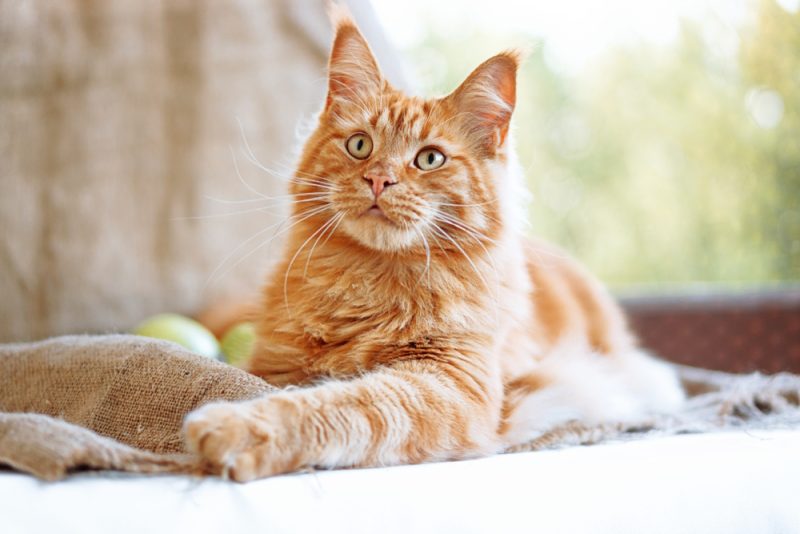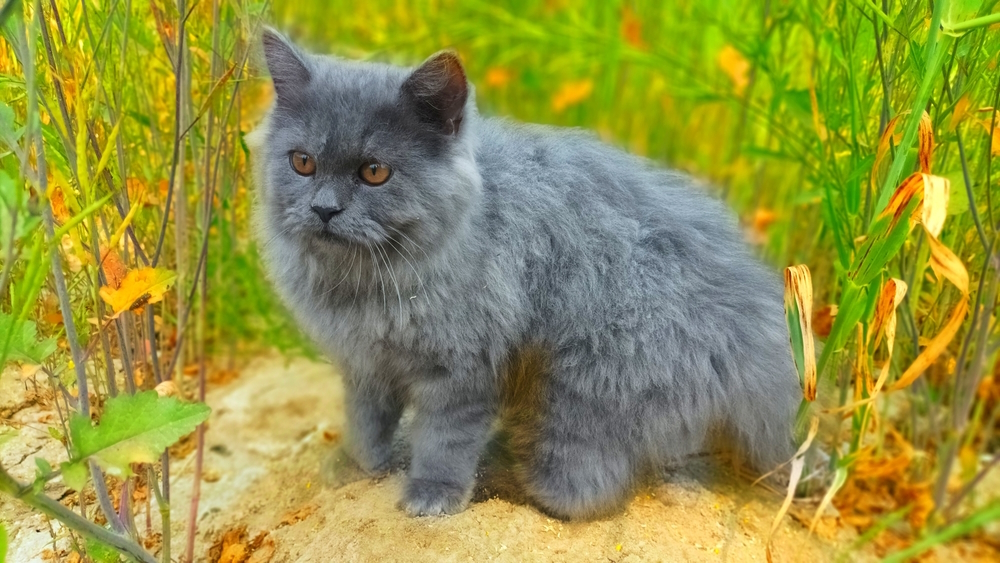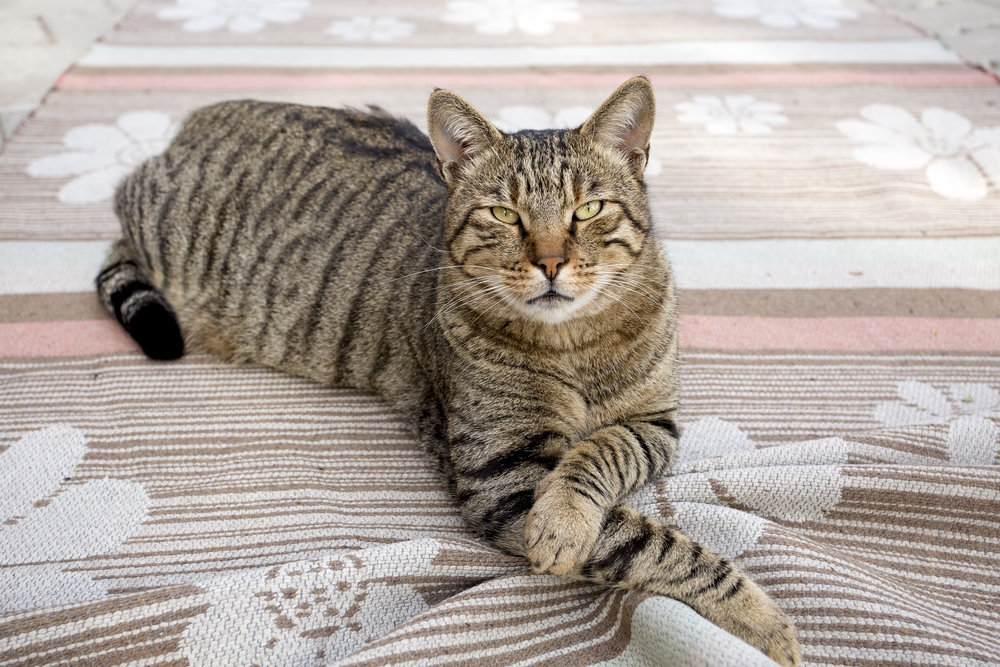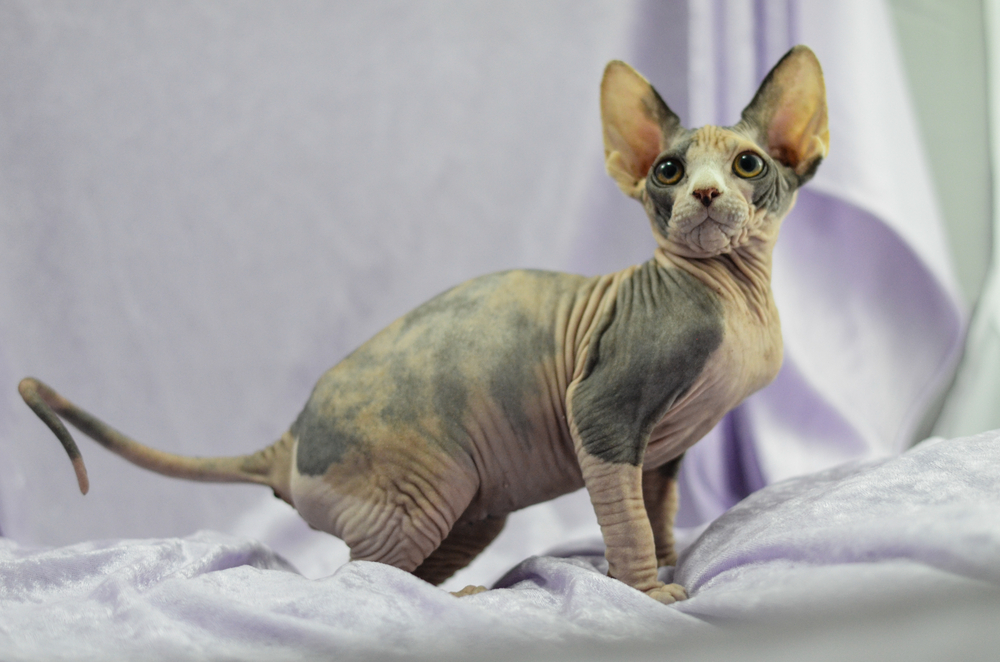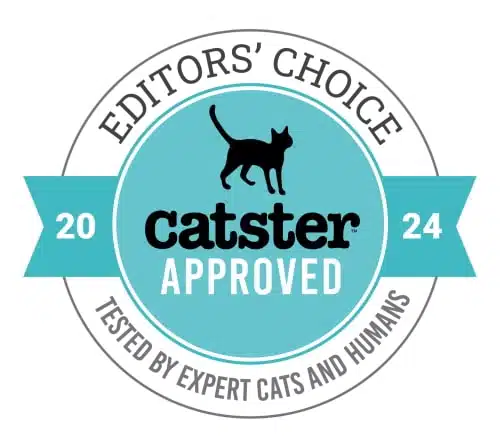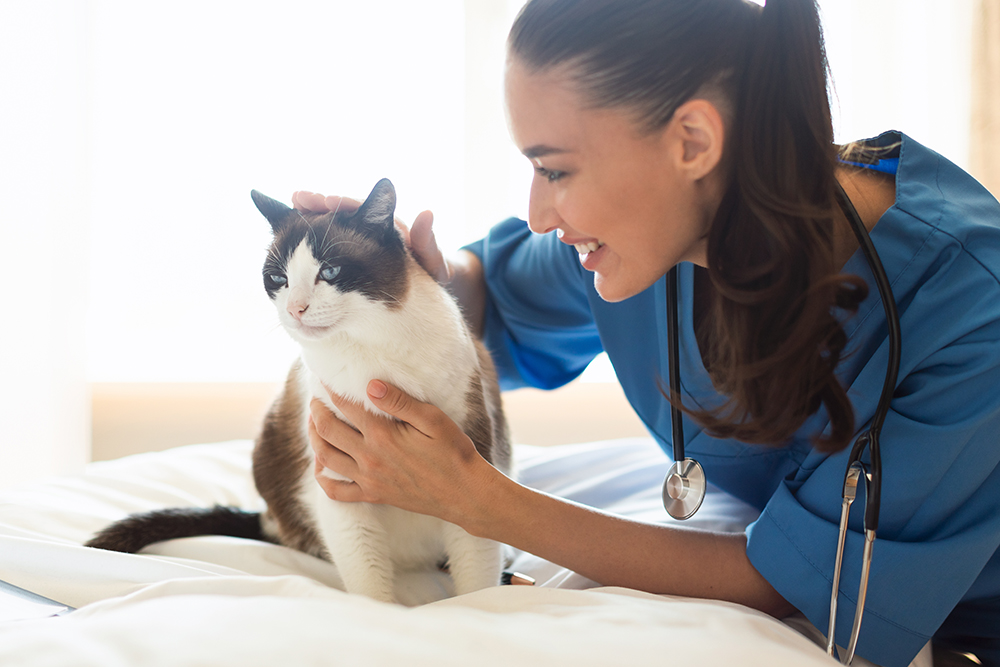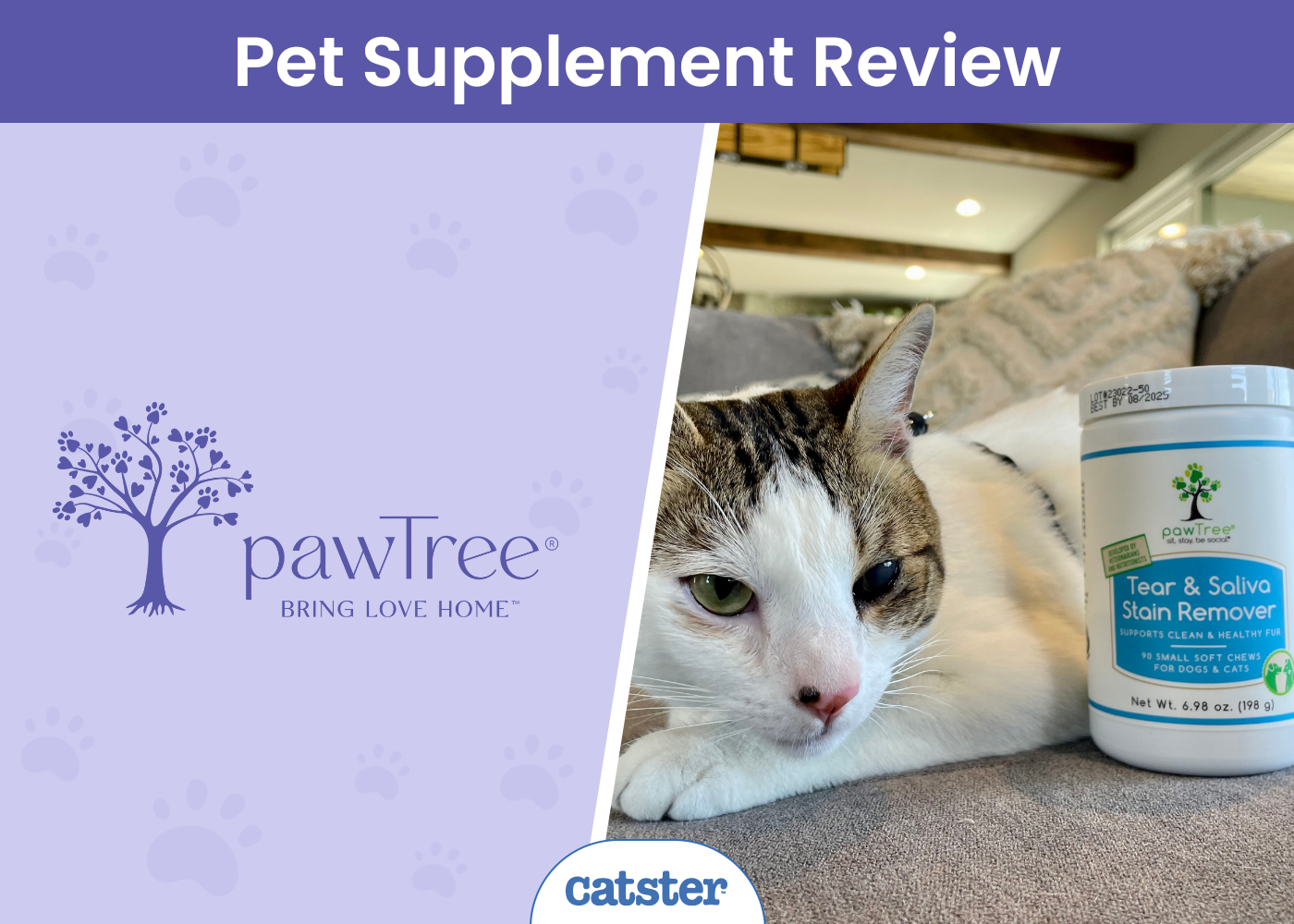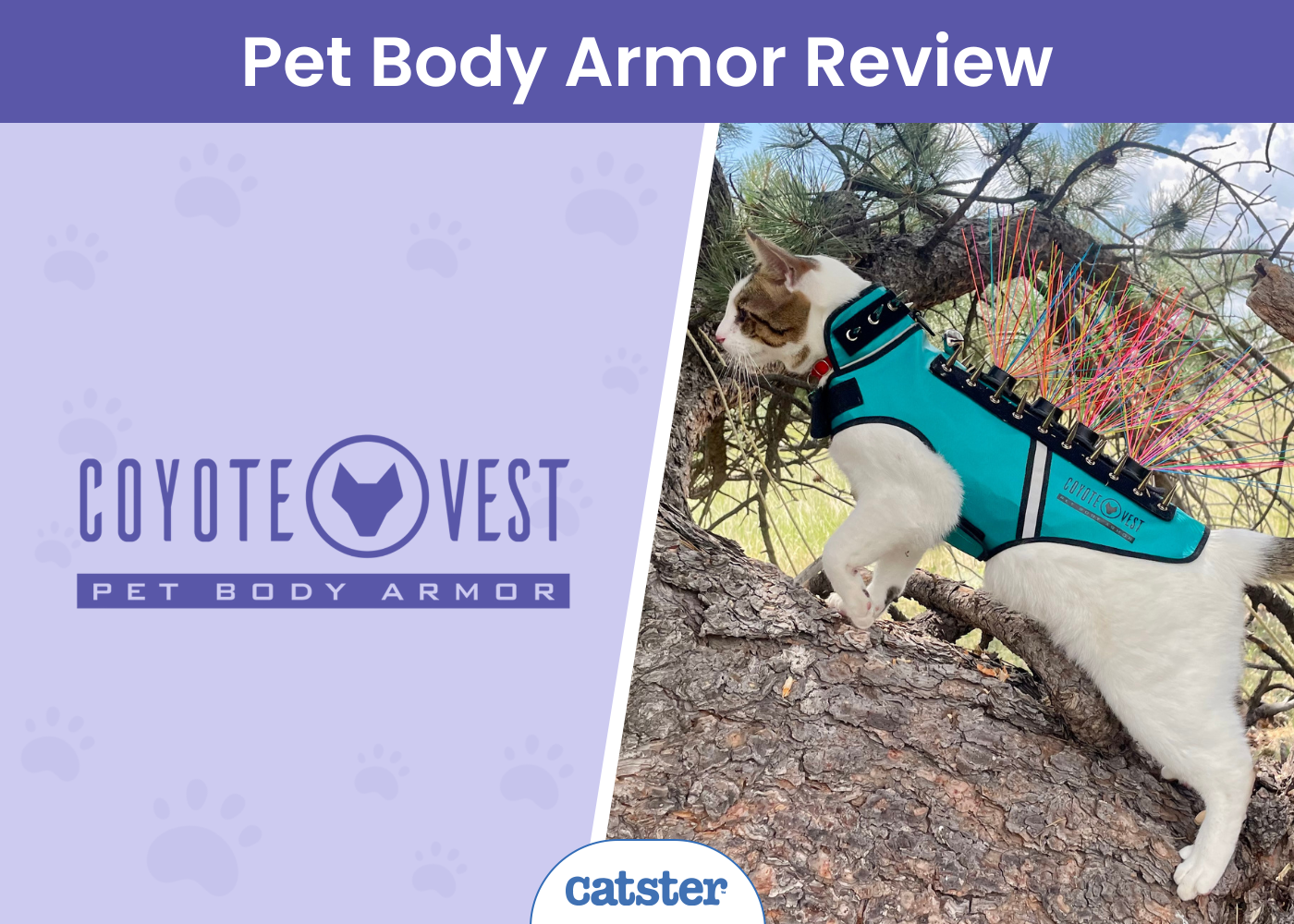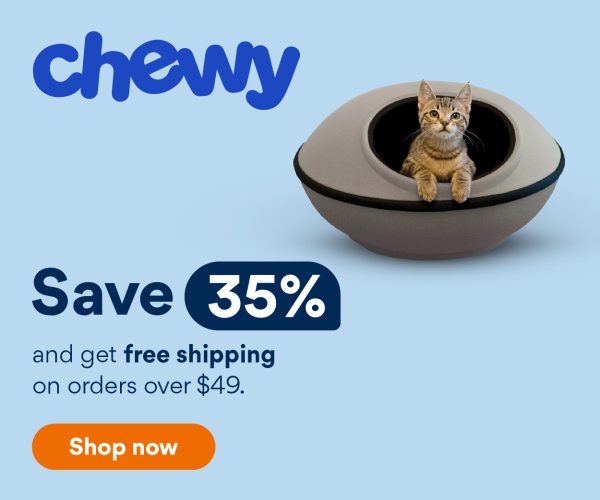Are you looking for a new kitty? There are so many cat breeds available that it can be daunting. One way to start your search is with Australia’s most popular cat breeds. The 15 breeds listed below are popular for many reasons, from being quiet and reserved to being energetic and playful. Start with the qualities that would make the best cat for your home, and then check these out. You might find a few that you want to learn more about!
The 15 Most Popular Cat Breeds in Australia
1. Australian Mist
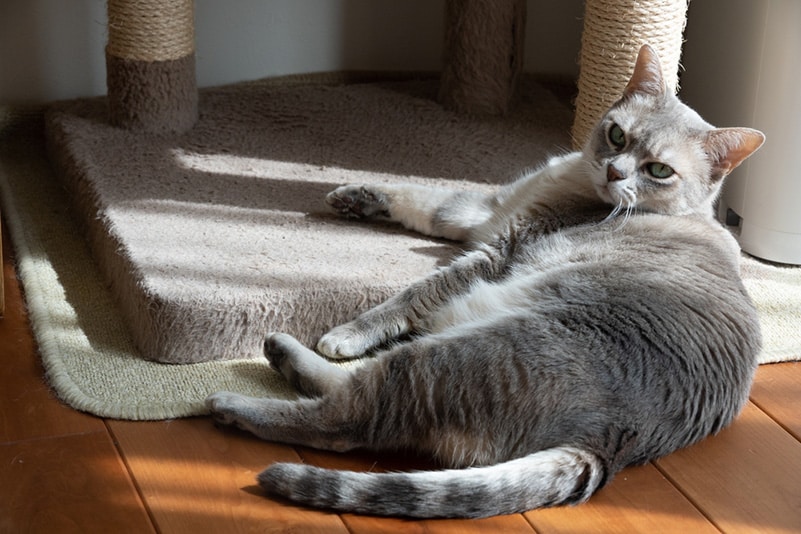
| Size: | Medium |
| Color(s): | Brown, chocolate, gold, blue, lilac, peach |
| Coat Length: | Short |
| Grooming Needs: | Low |
| Age Expectancy: | 13+ |
| Personality Traits: | Tolerant of young children, great indoor companion pets |
The Australian Mist is one of the few breeds native to the continent and was the idea of Dr. Truda Straede of Nintu Cattery. Her work began in 1977 with more than 30 cats and took nearly a decade to earn full recognition. There are many colors, but the Australian Mist can be either marbled or spotted.
This breed is perfect for new pet owners, especially those with families. Australian Mists can be energetic and tolerant of kids in busy homes but are just as happy in a quiet one with older adults seeking companionship. They love attention and are happy to stay indoors with you. With pride in their heritage and so many desirable qualities, it’s easy to see why the Australian Mist is so popular.
2. Abyssinian
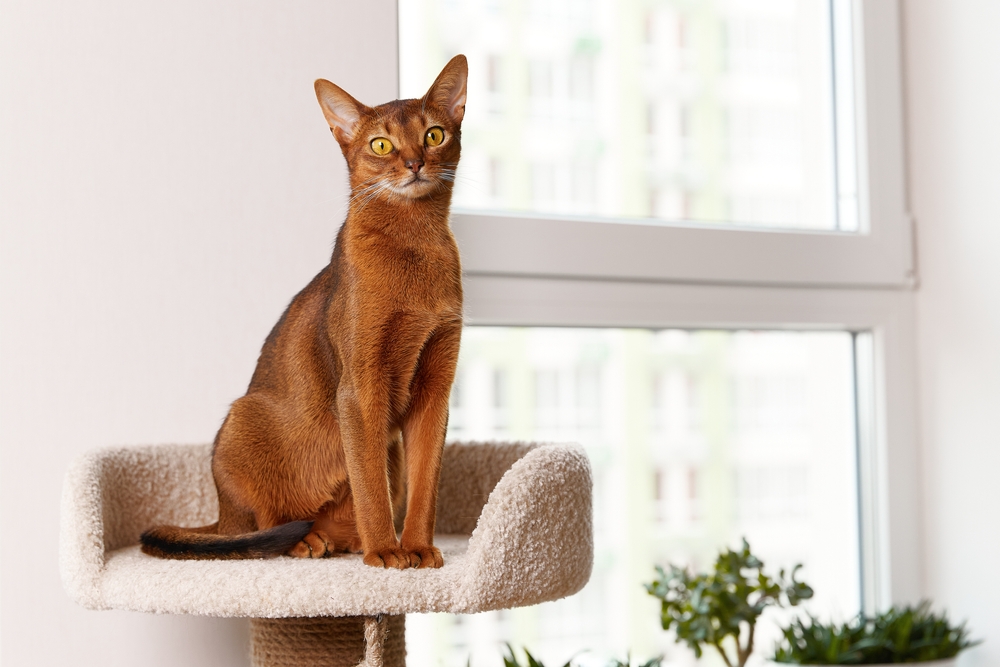
| Size: | Small, medium |
| Color(s): | Ruddy, red, fawn |
| Coat Length: | Medium |
| Grooming Needs: | Medium |
| Age Expectancy: | 9 to 15 years |
| Personality Traits: | Inquisitive and active |
While the Australian Mist has only been recognized for the last 50 years, the Abyssinian made its debut at a cat show in 1871. The true origin of the breed is unknown. The owner of the first cat claimed to have had her imported from Abyssinia or modern-day Ethiopia. However, genetic testing shows it’s more likely to have originated in Southeast Asia.
Abyssinian cats are very active and curious. They must have opportunities to jump, climb, and crawl. They love puzzle toys and interactive play with their humans. You may get a long snuggle from time to time, but it’s more likely that this cat will be up and moving. Kids and other pets get along well with an Aby as long as they respect their independent nature.
3. Burmese
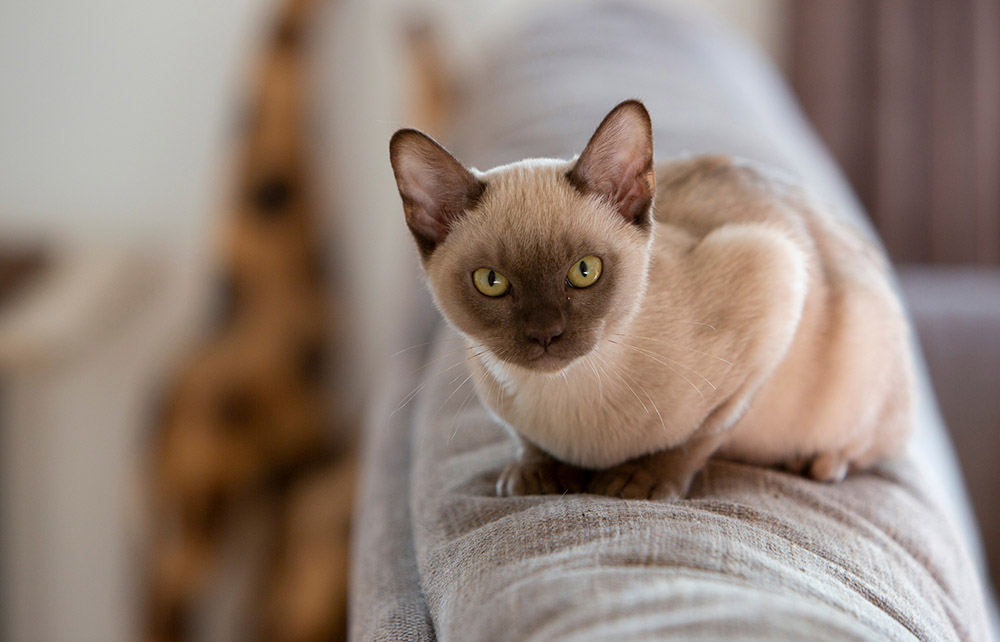
| Size: | Medium, large |
| Color(s): | Sable, blue, lilac, red, cinnamon, champagne, platinum, fawn, cream, chocolate |
| Coat Length: | Short |
| Grooming Needs: | Low |
| Age Expectancy: | 9 to 13 years |
| Personality Traits: | Affectionate and playful, observant |
The first Burmese cat to land in America, Wong Mau, helped produce this beautiful breed. Her human, Dr. Thompson, worked hard to establish the rich, deep brown coat color that most Burmese cats wear. Today, there are 10 other colors recognized by most associations, and they can be found in solid colors or tortoiseshell patterns.
In addition to their beautiful coats, Burmese cats have a medium to large build that is muscular and stocky, making them heavier than they look. They are just as limber as they are strong and are excellent jumpers and climbers. They love to play like kittens, no matter their age. Older cats will like observing their surroundings from a tall perch or comfortable resting place.
4. Russian Blue
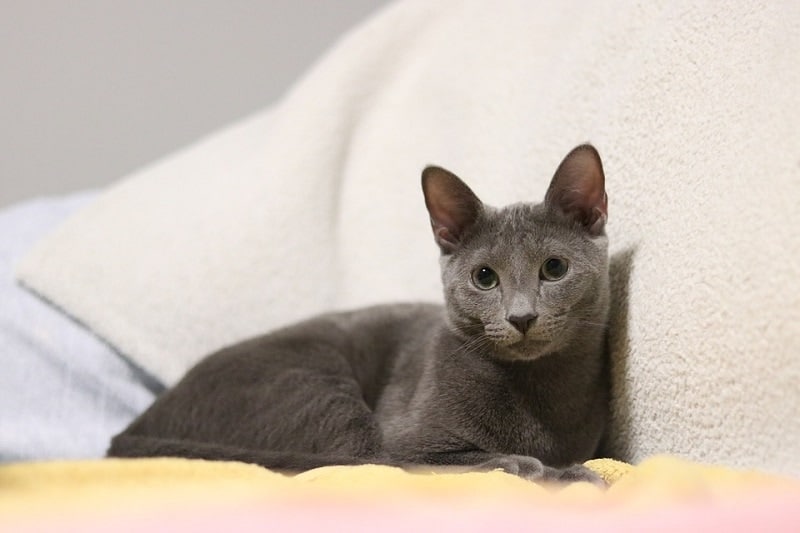
| Size: | Small, medium |
| Color(s): | Dark gray |
| Coat Length: | Short |
| Grooming Needs: | Low |
| Age Expectancy: | 15 to 20 years |
| Personality Traits: | Highly intelligent, affectionate |
Purebred Russian Blue cats are rare breeds, making them one of the most sought-after. Their dark grey coat can appear blue in the right light due to the silver-tipped fur. A very dense double coat makes them feel “fluffy” and look heavier than they are. Their thick coat also hides a muscular body and long legs that allow them to run quite fast.
Russian Blues are very playful at times but are also happy to relax with the family. When they want attention or time to play, they demand it and can be pretty vocal about their needs. Keeping them stimulated with toys, puzzles, and opportunities to stalk and climb will be appreciated. They also tend to become attached to one human more than others but will make themselves part of the family unit while shying away from strangers.
5. Bengal
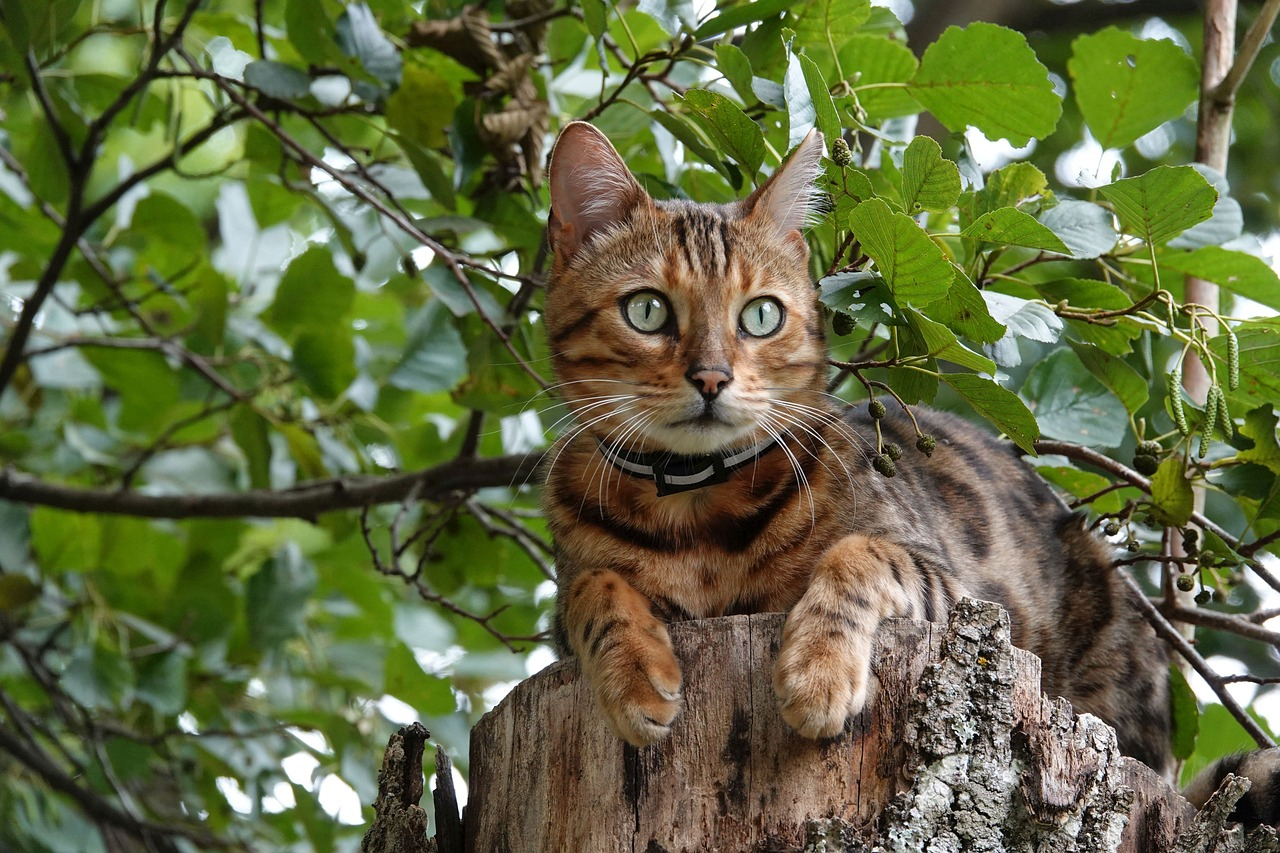
| Size: | Small, medium |
| Color(s): | Brown, silver, snow |
| Coat Length: | Short, medium |
| Grooming Needs: | Low |
| Age Expectancy: | 10 to 16 years |
| Personality Traits: | Playful and social |
Bengals are newcomers, having been recognized in the 1990s. However, they’ve already become one of Australia’s most popular cat breeds due to their dog-like personality and beautiful appearance. They got their name due to their spotted or marbled coat, like their wild Asian Leopard cat cousins. In fact, these cats were initially bred with them.
Some cats are quiet companions that are perfectly content to sit on your lap or the back of a couch and nap away the day. That is not the Bengal cat. They are highly active and will get into trouble if they don’t have plenty of positive and cat-appropriate enrichment to keep them occupied. You should research this breed thoroughly before adopting it, but many current owners enjoy the Bengal’s highly playful and social nature.
6. Birman
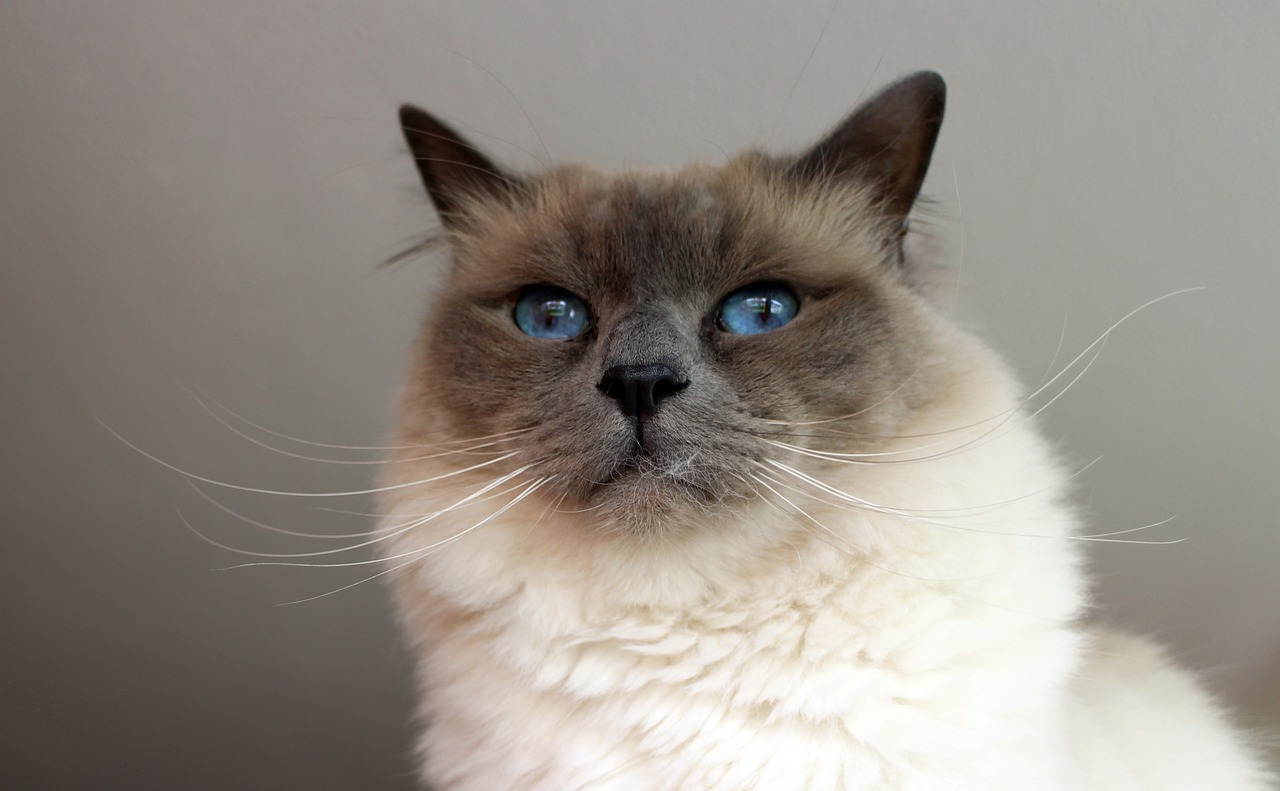
| Size: | Small |
| Color(s): | Seal point, blue point, chocolate point, lilac point, cream point, red point |
| Coat Length: | Medium |
| Grooming Needs: | Medium |
| Age Expectancy: | 12 to 16 years |
| Personality Traits: | Laid back and friendly |
There is little known about the origins of the Birman cat breed other than its official recognition, which came in 1925 in France and 1966 in England. However, legends say that the breed’s blue eyes and golden coat were a gift from a goddess. Whether true or not, Birman cats have similar physical characteristics as Siamese cats and are often mistaken for them.
As an ideal companion pet, Birmans have been bred to be friendly and relaxed. They love to sit with their family but are just as comfortable with visitors. If introduced when young, Birman cats typically get along very well with other cats and even dogs. Although they don’t have a strong hunting instinct, they often want to “help” with whatever you do, like knocking pens off the desk.
7. Scottish Fold
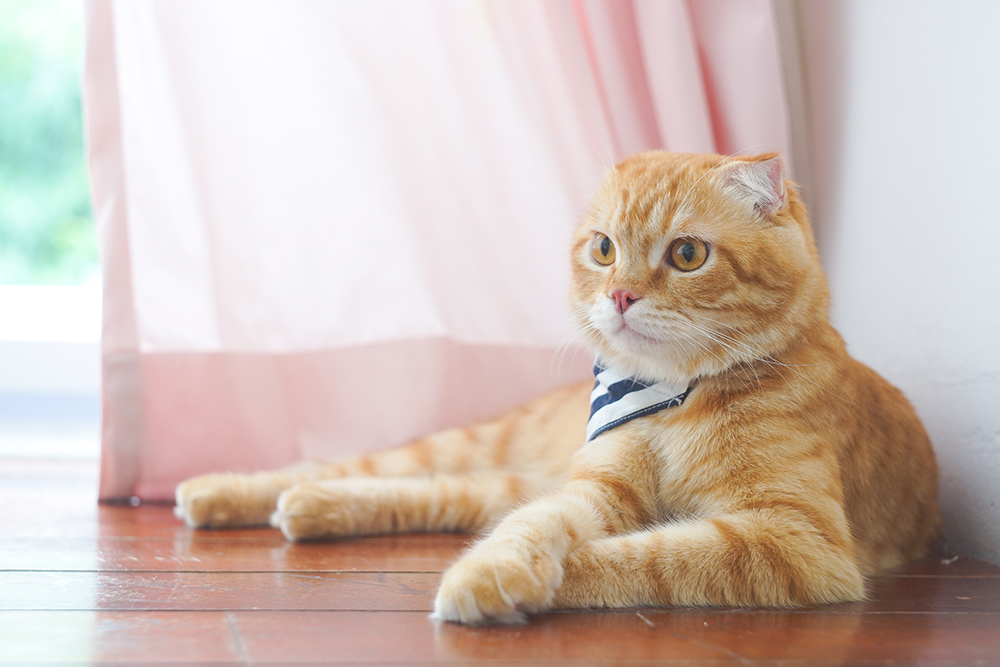
| Size: | Small, medium |
| Color(s): | Variety |
| Coat Length: | Short |
| Grooming Needs: | Low |
| Age Expectancy: | 11 to 15 years |
| Personality Traits: | Laid back and independent |
The folded ears of a Scottish Fold originated as a deformity, which is why they are not recognized officially in the UK, like in Australia and the US. Many cats are bred specifically for the folded-ear feature.
Because folded ears are a deformity, they can come with other abnormal physical changes in the spine and legs. This is something to watch for when adopting a kitten, especially as they age. Their ancestry is tied to farm cats, so they love to hunt. Spending time outside with the family or playing with interactive toys can help stimulate their senses and curb unwanted behaviors.
8. Persian
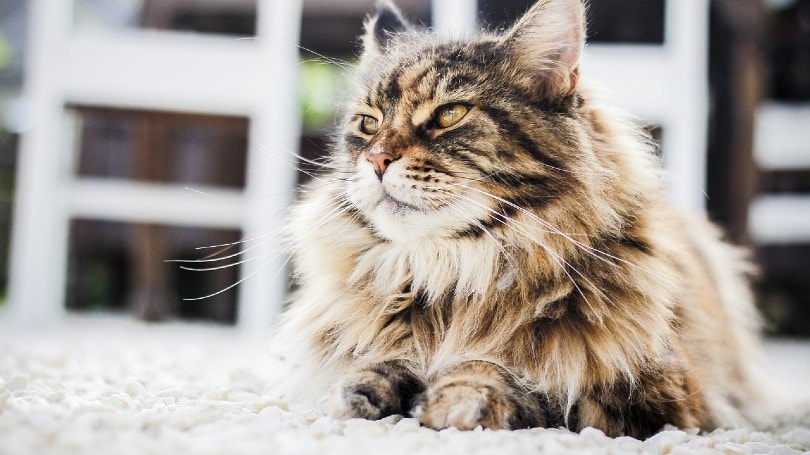
| Size: | Medium, large |
| Color(s): | 15+ colors |
| Coat Length: | Long |
| Grooming Needs: | High |
| Age Expectancy: | 8 to 11 years |
| Personality Traits: | Great companions, laid back |
Persians appear very large due to their long and “fluffy” coats. Their history can be traced back several centuries when a Sand Cat imported from Persia to Italy was intentionally bred with the long-haired cats from Turkey. Eventually, Queen Victoria fell in love with them, and royals everywhere had to have their own.
The Persian is known for being the calm, lazy type that loves to lay with you or in a quiet, sunny spot. They’re not very energetic but will experience short bursts of energy, running around the house at top speed before they relax again. You may need to encourage daily activity to keep them fit and healthy. Persians’ long coats will also need daily attention.
9. Maine Coon
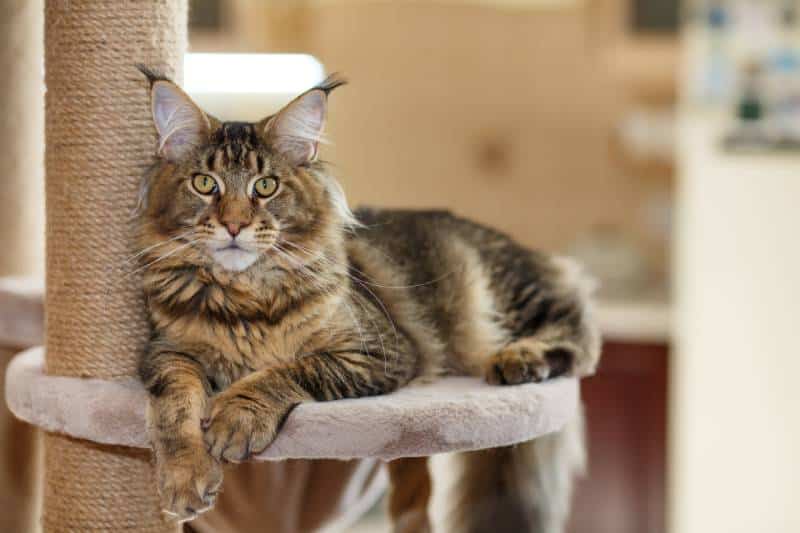
| Size: | Large |
| Color(s): | 15+ |
| Coat Length: | Long |
| Grooming Needs: | High |
| Age Expectancy: | 9 to 13 years |
| Personality Traits: | Friendly, playful |
It’s easy to spot a Maine Coon due to its size and signature “mane” under its neck. This tuft of long fur helps to keep them warm during long winters in the north as they keep barns free of rodents. Most Maine Coons are extremely heavy due to their muscular build on top of their size. Couple that with their massive coat, and you have a gentle giant.
Although Maine Coons hunt for a living, they are one of the sweetest, especially around young children. They adapt to many environments but need room to run and climb to stay healthy. It’s important to know that they can unintentionally get in the way or knock things over just because of their size, but they aren’t a destructive breed by nature.
10. American Shorthair
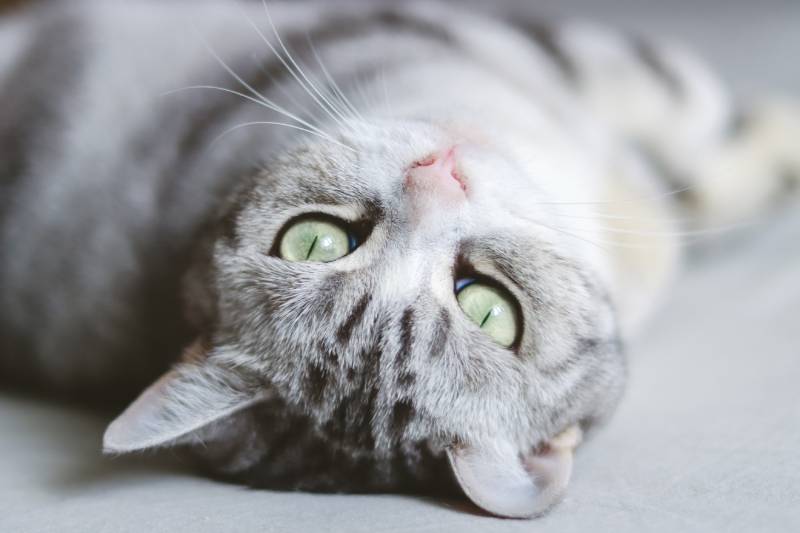
| Size: | Medium, large |
| Color(s): | Variety |
| Coat Length: | Short |
| Grooming Needs: | Low |
| Age Expectancy: | 12 to 15 years |
| Personality Traits: | Energetic and independent |
Just like Maine Coons, American Shorthair cats began as a working breed. Instead of working outdoors, they kept pests away from food stores. Shorthairs are available in various coat colors and patterns, but the silver tabby is the most common. They originated from those brought to the colonies by early settlers. They resemble other breeds, so certification papers or genetic testing is required to verify their pedigree.
American Shorthairs are intelligent and possess a strong hunting instinct. They love to play, especially with their humans, but are fiercely independent, so they may not like to be held very often. Most will get along well with a dog that respects cats but may not get along with other cats or small pets.
11. British Shorthair
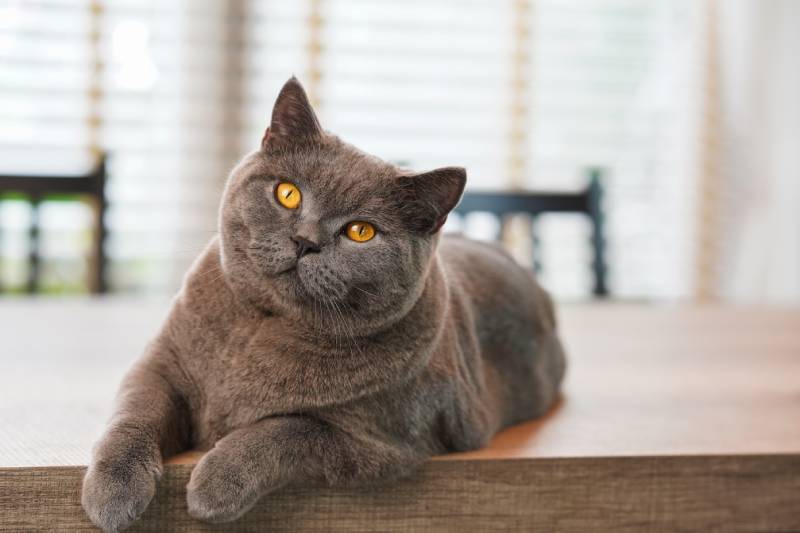
| Size: | Large |
| Color(s): | Variety |
| Coat Length: | short, medium |
| Grooming Needs: | High |
| Age Expectancy: | 7 to 12 years |
| Personality Traits: | Loyal family companion |
The British Shorthair is yet another working breed, but you may not guess it from their overall size and weight. They are of similar weight as the Maine Coon but significantly thicker. It’s recommended that you pick them up while holding their hind end because the weight of their rear can cause injury if it’s not supported while lifting. Their weight is mostly muscle, making them powerful and agile hunters.
In addition to being large-boned, they carry a thick coat. It will shed quite a bit and need regular grooming, but it is soft and fluffy. As a very loyal companion who will love to sit with you, they are a dream to pet and cuddle. British shorthair cats don’t need constant attention but seek play from their favorite humans when they want it.
12. Devon Rex
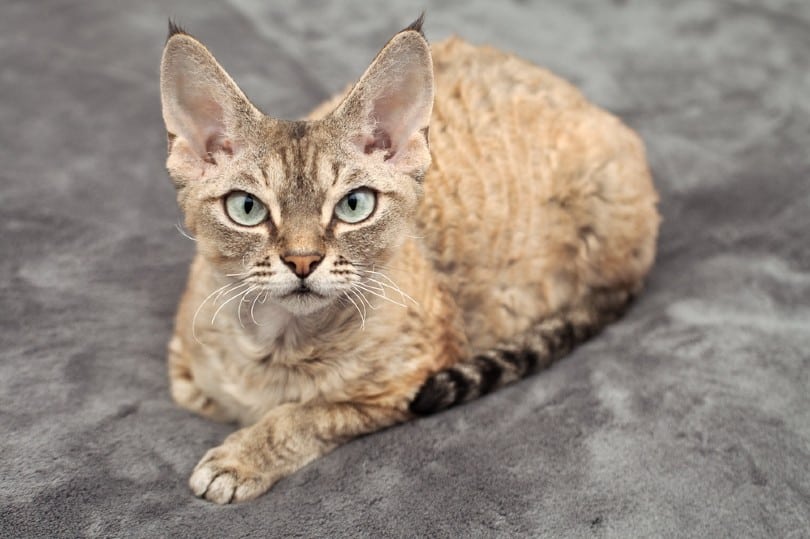
| Size: | Small |
| Color(s): | Large variety |
| Coat Length: | Short |
| Grooming Needs: | Low |
| Age Expectancy: | 9 to 13 years |
| Personality Traits: | Energetic and playful |
A unique trait of the Devon Rex is their short, curly coat. It comes in various coat colors but is soft and wonderful to pet. Their fur is fragile, though, and needs delicate grooming. They may even have patches of very little or no hair, such as on their belly and the top of their head. Their facial features are also unique, with a head that looks large compared to their neck and body size.
In addition to their physical characteristics, Devon Rex cats have a distinctive personality that is fun and playful. They can be clowns when they want to be and love to get attention for their antics. These cats love to jump and climb, so plenty of perches and high places should be provided, as well as sunny spaces to bask in the warmth.
13. Siamese
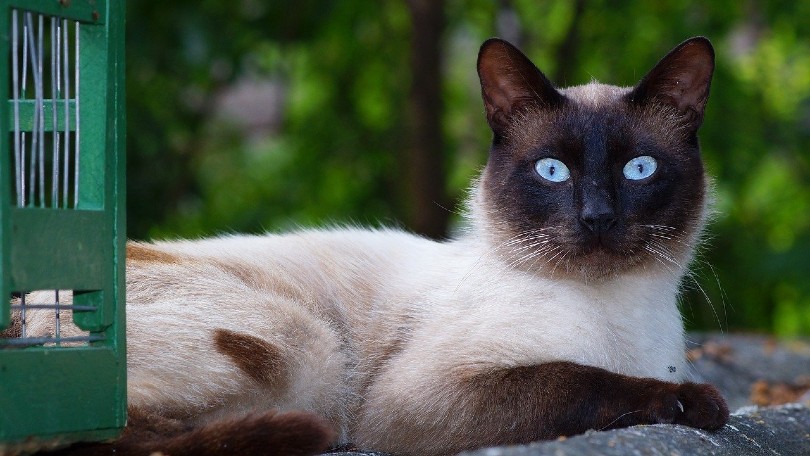
| Size: | Small, medium |
| Color(s): | Chocolate, lilac, red, cinnamon, seal, red, fawn, cream |
| Coat Length: | Short |
| Grooming Needs: | Low |
| Age Expectancy: | 8 to 12 years |
| Personality Traits: | Intelligent and loyal |
Purebred Siamese cats have a very elegant appearance, with long, slender bodies. Their legs and tail are also long, adding to the look. The Siamese facial features are easy to identify. Although the colors are similar to other breeds, their head is triangular and thin with more prominent ears. The breed’s history can be traced to the King of Siam, where they were prized for their beauty and used as royal guards.
Today, Siamese cats are remarkable pets with qualities that make them ideal for most homes. While they are highly intelligent and can adapt to family life or quiet homes, they are also independent and will require time alone. A Siamese will typically bond with one human more than others but seek attention from anyone willing to give it.
14. Ragdoll
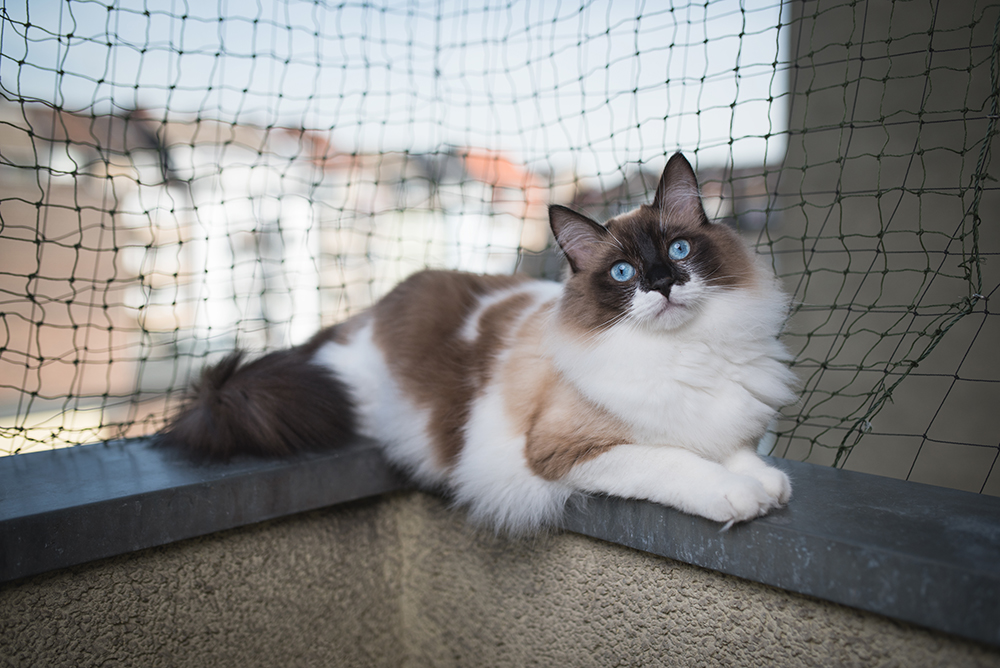
| Size: | Large |
| Color(s): | Color-pointed, seal, blue, lilac, chocolate, bi-colored |
| Coat Length: | Medium |
| Grooming Needs: | Medium |
| Age Expectancy: | 10-12 years |
| Personality Traits: | Very laid back |
Ragdoll cats are quite large and, with long coats, can seem imposing, at least until you pick them up. They got their name due to their tendency to relax when picked up, so much so that they can feel floppy, just like a ragdoll. It’s assumed that this behavior is because these cats are more trusting than others, connecting with their humans more closely and allowing them to feel more comfortable in their arms.
Ragdolls are some of the most laid-back cats and are the ideal companions for older adults or in quiet homes. However, they can adapt well to most environments and situations. This breed isn’t very active, so they don’t need a lot of food despite their large size.
15. Sphynx
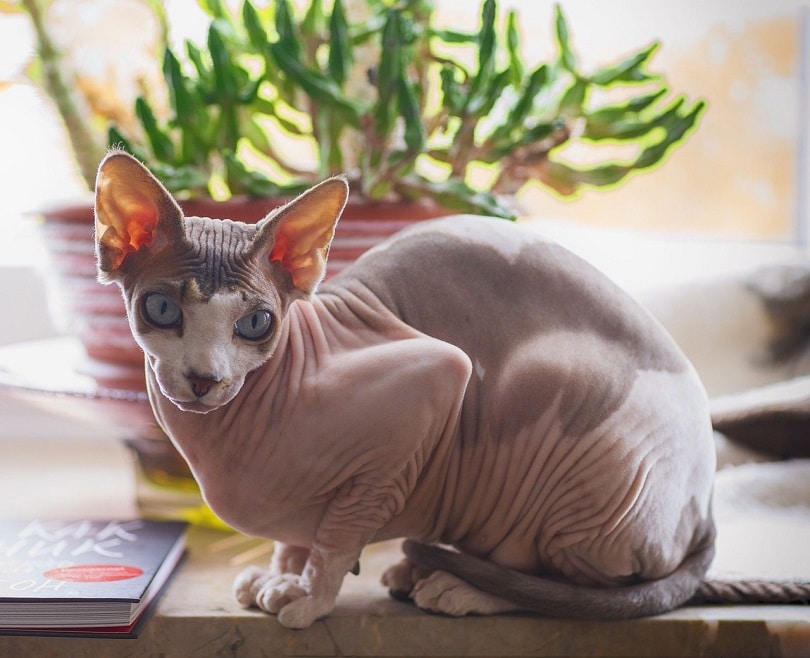
| Size: | Small |
| Color(s): | Various |
| Coat Length: | Hairless |
| Grooming Needs: | Low |
| Age Expectancy: | 8 to 14 years |
| Personality Traits: | Entertaining and energetic |
The Sphynx is the one truly hairless cat breed and the one that most likely comes to mind. They originated in 1966 when, by chance, a litter of domestic shorthair cats was born hairless in Ontario, Canada. From that litter and others found in the 1970s, the genetic mutation continued into the breed now officially recognized worldwide. The Sphynx is not the only hairless breed known throughout history, but they are the most popular in modern times.
Those seeking a highly active and intelligent cat should consider the Sphynx. They can often get into trouble if left alone for too long without positive ways to keep themselves entertained. While you may think that a hairless breed would need less grooming, they may actually need more. Regular bathing and skin care prevent dry skin and other conditions.
Conclusion
When adopting a new furry family member, there are several cat breeds to choose from. If you are considering one, look at the most popular ones in Australia. They are famous for good reasons! When you think you’ve found the right one, contact a responsible breeder or rescue to learn even more about them before committing so you know that your new cat, no matter their age, will fit right in.
Featured Image Credit: Meriluxa, Shutterstock

